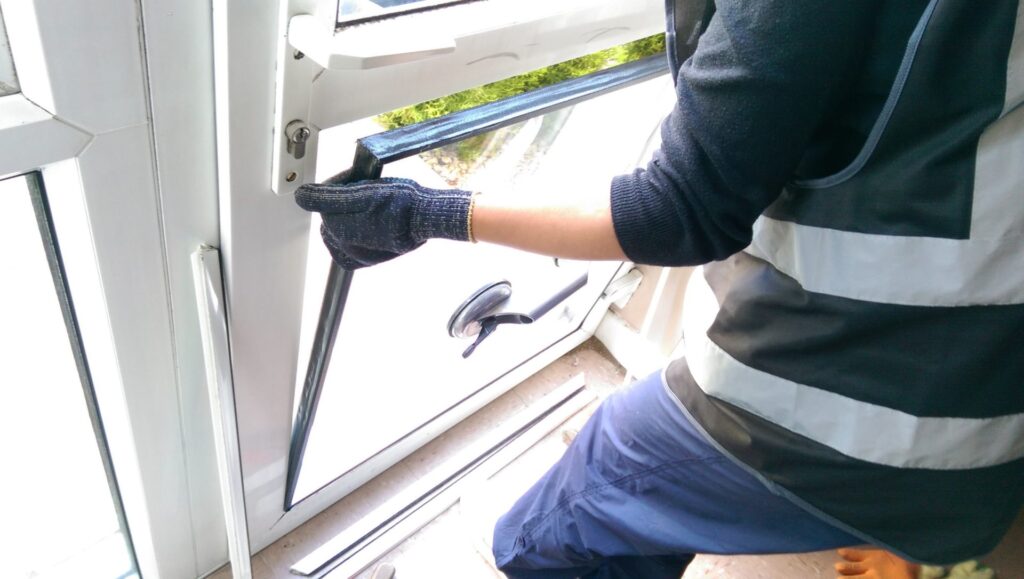Window scratches can be a substantial nuisance for homeowners and car owners alike. They can block views, affect aesthetics, and even handle the inbound light. While deep scratches might need professional intervention, many small scratches can be gotten rid of through various DIY techniques. This post will supply a comprehensive overview of reliable techniques for window scratch removal, the essential materials, and frequently asked concerns to help readers in attaining a clear and scratch-free surface.
Scratches on windows can develop from different sources, consisting of:
Various kinds of window products, such as glass, plexiglass, or acrylic, might have differing susceptibilities to scratches. Therefore, it's essential to determine the window type before choosing a removal method.
The following table describes different methods for removing scratches from windows, together with the associated materials and methods.
| Strategy | Products Needed | Actions |
|---|---|---|
| 1. Sodium Bicarbonate Paste | Baking soda, water, soft fabric | 1. Mix baking soda with water to form a paste. 2. Apply to the scratched location using a soft fabric. 3. Rub gently in a circular motion for a couple of minutes. 4. Wash with water and dry with another cloth. |
| 2. Tooth paste | Non-gel toothpaste, soft fabric | 1. Use a percentage of toothpaste straight on the scratch. 2. Gently rub in a circular movement with a cloth. 3. Clean away excess with a moist cloth. 4. Dry totally. |
| 3. Glass Polishing Compound | Glass polish, soft cloth | 1. Apply a little quantity of glass polish to a tidy cloth. 2. Rub it into the scratch utilizing circular motions. 3. Buff the location till clear. 4. Tidy the surface area with a damp cloth. |
| 4. Cerium Oxide | Cerium oxide powder, water, soft cloth | 1. Mix cerium oxide powder with water to form a paste. 2. Apply to the scratch using a felt applicator or soft fabric. 3. Rub in a circular motion for a number of minutes. 4. Clean the location with a moist cloth to remove residue. |
| 5. Fine Sandpaper | 2000-grit sandpaper, water | 1. Moisten the sandpaper and window. 2. Lightly rub the scratch in a straight line. 3. Rinse and dry the location completely. 4. Apply glass polish to bring back clearness. |
To reduce the risk of future scratches, think about the following preventive measures:
Not all scratches can be effectively eliminated. Deep cracks or chips often require professional repair or replacement. Small surface area scratches, nevertheless, can typically be dealt with using the approaches pointed out above.
Using sandpaper can risk additional scratching if done poorly. If you pick to use this method, go with extremely fine sandpaper (2000-grit) and apply very little pressure. This strategy frequently functions as a last hope; hence, caution is a good idea.
Generally, glass windows are transparent and cold to the touch. Acrylic or plexiglass windows are normally lighter, more versatile, and may have a somewhat plastic texture. Consider performing a scratch test in an inconspicuous location; glass will chip while acrylic will scuff.
Professional glass repair services often have actually specialized tools and substances for scratch removal. While many scratches can be reduced, total restoration may not always be possible, especially with deep abrasions.

Routine cleansing is suggested, but it ought to be carried out with care. Cleaning up window surfaces about when a month with the suitable items and methods can assist maintain their clarity and prevent the accumulation of dirt that causes scratches.
Window scratches can diminish the appeal and functionality of glass surfaces. However, comprehending reliable removal techniques and taking preventive measures can significantly boost a window's durability and appearance. By utilizing simple home products or specialized products, homeowners and vehicle owners can frequently bring back clarity and make sure an ongoing clear view. With the ideal understanding and tools, maintaining scratch-free windows is achievable.
No Data Found!

